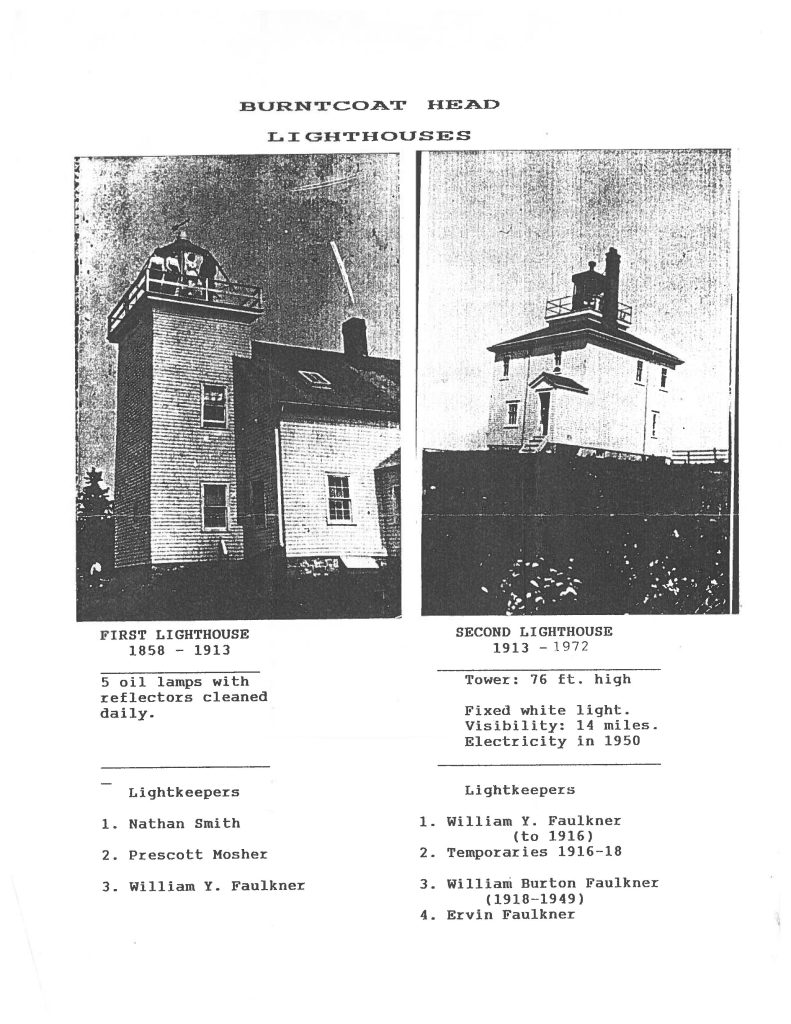Burntcoat Head Park is home to the world’s highest recorded tides. Owned and operated by the Municipality of East Hants, the park features a replica lighthouse, short walking trails, stairway to the ocean floor, picnic areas, and amazing views of the Bay of Fundy.
Over the years, Burntcoat Head Park and the land it occupies has been cared for firstly by the Mi’kmaq first nations, Acadians and other settlers, lighthouse keepers, community volunteers, and now the Municipality of East Hants. The park is free to explore and serves as a can’t-miss destination to experience the highest tides on planet Earth.
Did you know? The Bay of Fundy has been named as one of the Seven Natural Wonders of North America, due to the world-record tides measured right here at Burntcoat Head Park.
You can tune into our Nova Scotia Webcam to catch a glimpse of our tides 24/7 here.
If you’re planning a visit, be sure to check tide times. If you want to explore the ocean floor, aim to arrive as close to low tide as possible.
Nova Scotia’s Bay of Fundy is about 400 kilometres long and has an average depth of 246 feet. Twice each day, 160 billion tonnes of water flows in and out of the Bay of Fundy, a feat of nature recognized by the Guinness World Records in 1975. Burntcoat Head has an average high tide of 47.5 feet with an extreme range of 53.6 feet.
The tides are a rich resource, especially for tide watchers. Tides have also created a livelihood for clam diggers, dulse harvesters, and weir-fishermen, as well as providing a major feeding ground for fish and shore birds.
For more than 150 years, sailors, fishermen and their families have relied on lighthouses from Burntcoat Head to guide them safely home.
The first lighthouse was built in 1858 and lit in 1859. It was a square wooden tower, 50 feet high attached to the end of the light keeper’s wooden dwelling. Flat wick-type kerosene lamps showed a white, fixed light 75 feet above high water, visible for 13 miles. The five oil lamps, with reflectors, had to be cleaned daily.
A narrow neck of land connected Burntcoat Head to the mainland. Over time, the tides of Fundy eroded this connection until the lighthouse could only be reached by climbing up the bank by ladder. In 1913, the original lighthouse was torn down and some of the wood from that was used in the construction of the new lighthouse.

The second lighthouse was a square, white wooden dwelling, with an octagonal, iron lantern rising from the roof. The lighthouse was 39 feet high from the base to the vane and the white fixed light was visible from all points of approach for 14 miles.
The second lighthouse was burned down by the Department of Transport in 1972 and replaced by a 22-foot skeleton mast. Later, the skeleton mast light was discontinued, leaving no navigation marker on the Head.
Many citizens of Burntcoat Head wished to see the lighthouse standing once more. In July 1994, plans for the second lighthouse were obtained from the Coast Guard, and by November the replica for the second lighthouse was almost complete.
Over the years the Municipality of East Hants and the seasonal staff who work in the park have made further improvements. Pine boards were installed on the floor and ceiling which gives the interior a beautiful, warm atmosphere, and additional furnishings have made displaying locally-made crafts and other products more attractive and easier to access.